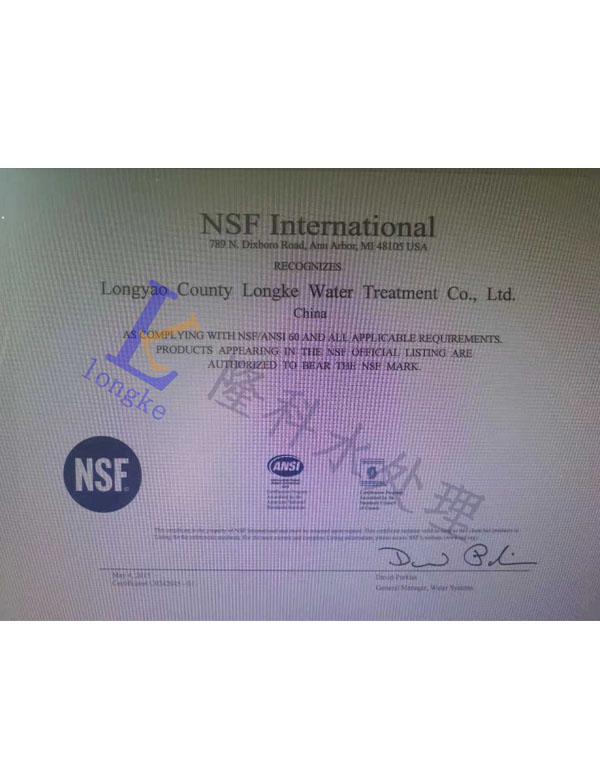poly aluminium chloride uses in water treatment
Poly Aluminium Chloride A Key Player in Water Treatment
In the realm of water treatment, the pursuit of effective, cost-efficient, and environmentally friendly solutions to purify water is paramount. One such compound that has gained considerable prominence is Poly Aluminium Chloride (PAC). This versatile coagulant is widely used in municipal and industrial water treatment facilities to enhance the clarity and quality of water, making it safer for consumption and use.
Poly Aluminium Chloride is a polymeric form of aluminium chloride, characterized by its high charge density and ability to form large flocs. These properties make PAC particularly effective for a variety of applications in water treatment. When PAC is added to water, it reacts with impurities, such as suspended solids, organic materials, and colloidal particles, promoting their aggregation into larger particles or flocs. This increases the efficiency of sedimentation and filtration processes, effectively removing contaminants from the water.
One of the primary uses of PAC in water treatment is in the drinking water production process. The presence of impurities in raw water sources can compromise its safety and aesthetic qualities. By employing PAC, water treatment plants can achieve significant reductions in turbidity, color, and organic content, thus meeting regulatory requirements and providing consumers with clean and safe drinking water. Furthermore, PAC has been shown to be effective in removing pathogens, enhancing the microbiological safety of the water.
poly aluminium chloride uses in water treatment

In addition to drinking water treatment, PAC is also crucial in wastewater treatment processes. Industrial effluents often contain a variety of contaminants, including heavy metals and organic matter, which must be adequately treated before being released into the environment. The use of PAC in these applications helps to facilitate the coagulation and flocculation processes, enabling the effective removal of these pollutants. This not only protects aquatic ecosystems but also assists industries in adhering to environmental regulations.
Another advantage of Poly Aluminium Chloride is its superior performance compared to traditional coagulants such as alum. PAC operates efficiently across a broader pH range, which makes it a preferable choice in varying water conditions. Additionally, it requires lower dosages, leading to reduced sludge production—a critical factor that helps in minimizing the overall operational costs and environmental impact of water treatment processes.
Moreover, PAC is known for its ease of handling and storage, contributing to its appeal for water treatment facilities. Unlike some other chemicals used in water treatment, PAC is less corrosive and exhibits greater stability, which simplifies logistics and operational procedures.
In conclusion, Poly Aluminium Chloride is an indispensable tool in the water treatment industry. Its remarkable ability to coagulate and flocculate contaminants makes it essential for producing safe drinking water and treating industrial wastewater. As the demand for clean water continues to escalate worldwide, the role of PAC is likely to grow, underscoring the importance of innovative and efficient solutions in water management. By harnessing the benefits of PAC, municipalities and industries can work towards sustainable water treatment practices that safeguard public health and the environment.
-
The Power of Isothiazolinones in Modern ApplicationsNewsMay.08,2025
-
Flocculants in Water TreatmentNewsMay.08,2025
-
Flocculants and Chemical Solutions: What You Need to KnowNewsMay.08,2025
-
Flocculants and Chemical Solutions: A Growing IndustryNewsMay.08,2025
-
Essential Chemicals: Polymaleic Anhydride and MoreNewsMay.08,2025
-
Acrylic Polymers: Essential Solutions for IndustryNewsMay.08,2025





